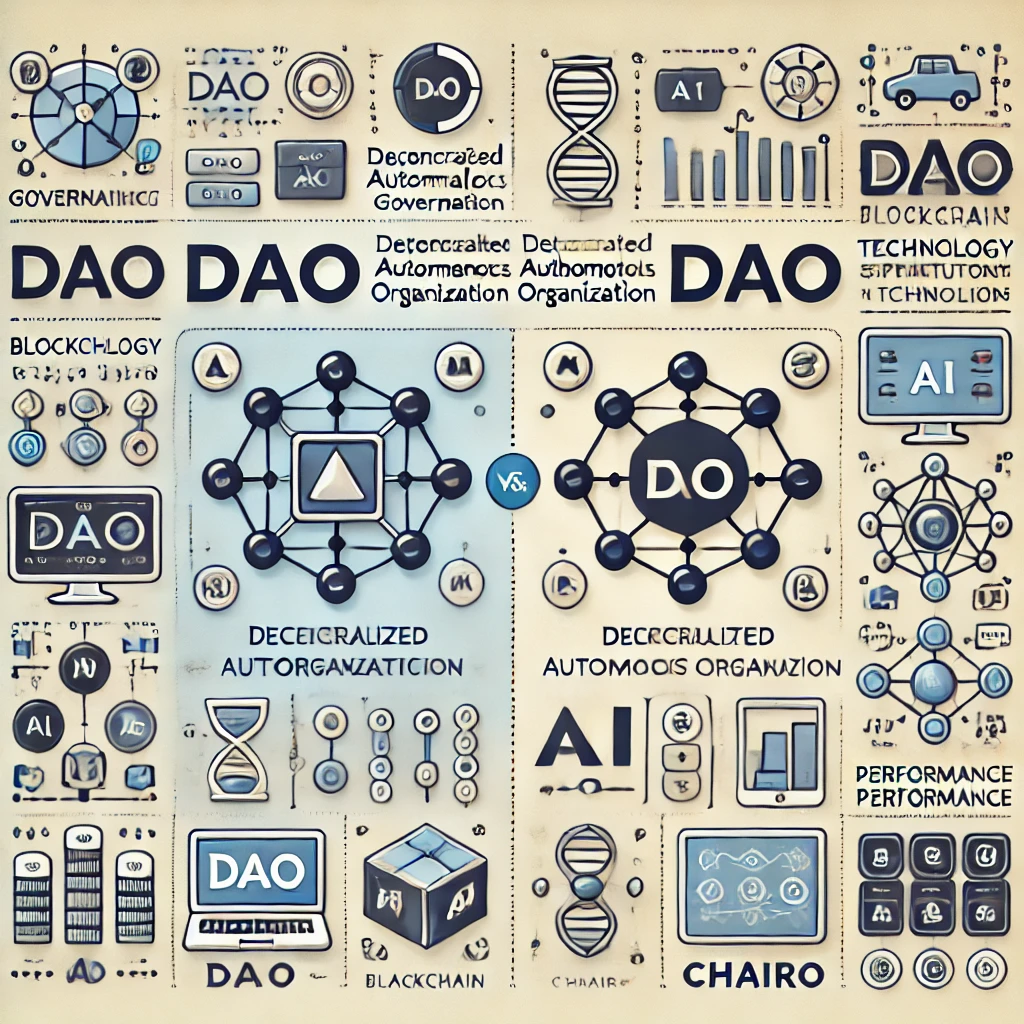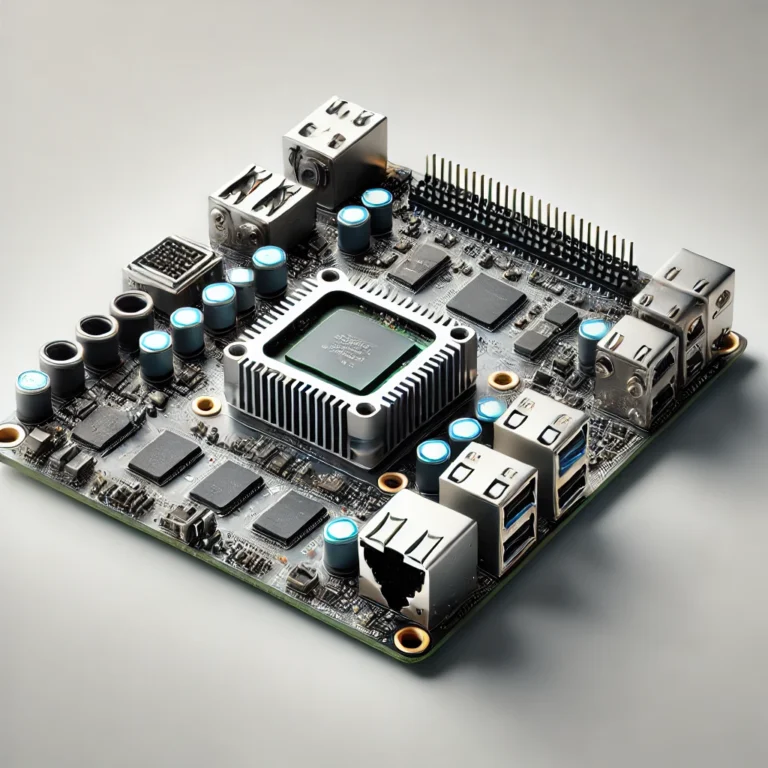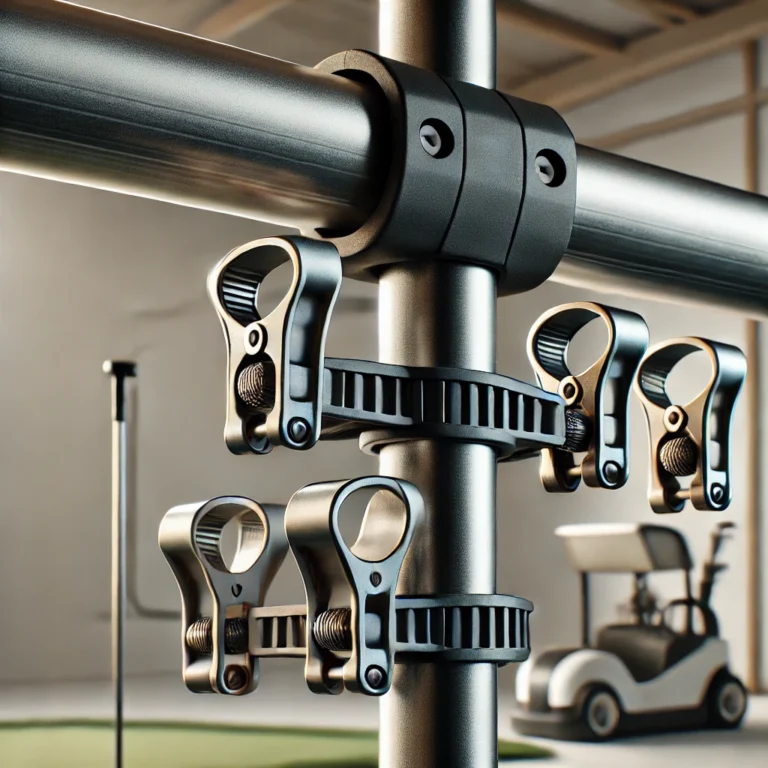
The rapid evolution of blockchain technologies has introduced revolutionary concepts like DAO (Decentralized Autonomous Organization) and Chiaro, both of which play pivotal roles in blockchain governance, management, and operational efficiency. However, despite their similarities in using decentralized systems, DAO and Chiaro operate with distinct mechanisms and purposes, each with unique benefits and limitations. This article delves deeply into “dao vs chiaro technology,” exploring their key features, differences, and potential applications.
1. Understanding DAO Technology
DAO, or Decentralized Autonomous Organization, is a community-led entity with no central authority. Decisions are made collectively and executed on blockchain through smart contracts, enabling a secure, transparent system without a traditional hierarchical structure. “DAO vs Chiaro technology” often brings out how DAOs operate through community consensus, where members vote on proposals directly impacting the organization’s direction.
Benefits of DAO Technology
- Transparency: All transactions and rules within a DAO are visible to members, fostering trust.
- Decentralization: DAOs eliminate the need for intermediaries, a significant point in “dao vs chiaro technology” discussions.
- Reduced Operational Costs: By minimizing administrative costs, DAOs make it financially feasible for small and large projects alike.
2. Exploring Chiaro Technology
On the other hand, Chiaro technology focuses on performance and AI enhancements within blockchain environments. Unlike the decentralized, community-driven model of DAOs, Chiaro leans towards structured, AI-backed solutions, emphasizing efficiency and performance analysis. “DAO vs Chiaro technology” comparisons frequently highlight Chiaro’s structured framework, which combines advanced analytics with data-driven insights.
Advantages of Chiaro Technology
- Enhanced Performance: Chiaro optimizes tasks through AI-powered mechanisms, which stands out in “dao vs chiaro technology” contrasts.
- Structured Data Management: Chiaro provides more structured data oversight, making it an excellent fit for corporate environments.
- AI-Enhanced Analytics: Chiaro’s technology incorporates AI to deliver real-time insights, crucial in rapidly changing industries.
3. DAO vs Chiaro Technology: Key Differences
When examining “dao vs chiaro technology,” certain aspects of their design philosophy and functionality become apparent. DAOs focus on community empowerment and decentralized management, while Chiaro emphasizes efficiency, structured performance, and data integrity.
| Aspect | DAO | Chiaro |
|---|---|---|
| Governance Model | Decentralized, community-driven | Centralized with AI enhancement |
| Efficiency | Relies on community voting and consensus | Utilizes AI for performance optimization |
| Use Cases | Ideal for community-driven projects | Suitable for businesses needing analytics |
4. Use Cases of DAO vs Chiaro Technology
DAO Use Cases
- Blockchain Protocols: Many blockchain networks employ DAOs to decentralize decisions and manage ecosystem rules.
- Investment Platforms: In the “dao vs chiaro technology” debate, DAOs are favored for investment projects where transparency is essential.
Chiaro Use Cases
- Financial Analysis: Chiaro is ideal for financial projects needing precise, AI-enhanced analytics.
- Corporate Governance: The structured, data-driven approach of Chiaro aligns well with corporate needs for efficient governance.
5. The Future of DAO vs Chiaro Technology
The future of “dao vs chiaro technology” lies in their combined potential. While DAO offers transparency and autonomy, Chiaro ensures efficiency and analytics. Integrating the decentralized model of DAOs with Chiaro’s performance-based approach could revolutionize blockchain and AI industries.
Read Also: Guide to AEQ73110213 Refrigerator Ice Maker Assembly
Key Features of Chiaro Technology
Chiaro’s primary features include enhanced cryptographic protocols, high transaction speeds, and seamless interoperability. First, the cryptographic security measures used by Chiaro provide a high level of data integrity, which is critical for applications where privacy and security are top priorities. This feature makes it suitable for use in sectors like healthcare, where protecting patient data is essential, or in financial services, where sensitive information must remain confidential.
Second, Chiaro’s framework is designed to handle a large volume of transactions quickly and efficiently, making it ideal for industries where speed and performance are essential. For instance, a gaming platform using Chiaro would benefit from the low latency and quick processing, allowing for smooth and responsive gameplay experiences. Lastly, Chiaro’s interoperability enables it to connect with other systems effortlessly, providing flexibility for cross-platform functionality. This adaptability means Chiaro can work with various applications and data sources, giving it an edge in environments requiring connectivity across different systems.
Comparative Analysis: DAO vs. Chiaro
While DAO and Chiaro technologies share a common base in blockchain, their purposes and structures make them vastly different. The most obvious contrast is in governance and control. DAO’s decentralized governance model puts power directly into the hands of the community, while Chiaro’s technology, focused on efficiency and scalability, prioritizes performance over community involvement. This distinction means DAOs are well-suited to applications where transparency and collective decision-making are essential, whereas Chiaro is designed for high-performance applications that require speed and security.
In terms of technical differences, DAOs rely on smart contracts to facilitate decentralized voting and decision-making. These contracts automate processes but can introduce vulnerabilities if not properly coded. In contrast, Chiaro’s advanced cryptography and high transaction processing capabilities reduce operational delays and enhance security, making it more suitable for sectors with high demands for performance and data security.
The security and privacy models also differ. DAOs prioritize transparency, with every transaction and decision recorded on the blockchain for all to see. While this transparency is ideal for building trust, it can compromise privacy. Chiaro, with its cryptographic protocols, emphasizes security and data privacy, making it better suited for applications requiring data protection. In sum, DAOs are an excellent choice for platforms that need transparency and community governance, while Chiaro serves sectors that prioritize speed, efficiency, and data security.
Pros and Cons of DAO
Advantages
- Community Empowerment: DAOs give power to the community, enabling members to have a voice in decisions.
- Transparency and Trust: Every action within a DAO is visible to all members, fostering accountability.
- Decentralization: DAOs remove the need for intermediaries, reducing operational costs and streamlining governance.
Challenges
- Decision-Making Speed: Decentralized voting processes can slow down decision-making.
- Smart Contract Vulnerabilities: Errors in smart contracts can lead to security risks, potentially jeopardizing assets or causing loss of funds.
- Centralization Risks: If large token holders dominate voting, DAOs risk becoming centralized, which can undermine the democratic process.
Pros and Cons of Chiaro
Advantages
- Performance and Scalability: Chiaro’s infrastructure allows for fast and efficient transaction processing.
- Data Privacy: Chiaro’s cryptographic protocols provide robust privacy protections.
- Interoperability: Chiaro can integrate easily with other systems, enhancing its utility in complex digital environments.
Challenges
- Decentralization Limitations: Chiaro’s focus on performance may reduce the degree of community involvement in governance.
- Complexity and Cost: Implementing advanced cryptographic protocols can be complex and costly, which may limit accessibility for smaller projects.
Which Technology to Choose? Use-Case-Based Recommendations
For businesses or projects that require decentralized decision-making, transparency, and accountability, DAOs offer a strong governance model. Organizations that prioritize community involvement and want to build trust through transparency may find DAOs well-suited to their needs. On the other hand, applications that require high-speed transaction processing, strong security, and interoperability are better served by Chiaro. Industries such as finance, gaming, and healthcare benefit significantly from Chiaro’s focus on efficiency and data protection.
Future of DAO and Chiaro in Blockchain
The future of DAOs appears promising, with potential applications expanding beyond finance to include education, healthcare, and social organizations. As blockchain technology becomes more mainstream, DAOs could democratize organizational structures, giving people more direct control over the projects they support. Meanwhile, Chiaro’s advancements in cryptography and scalability position it as a frontrunner for sectors requiring secure, high-performance solutions. Chiaro could play a significant role in future blockchain ecosystems where seamless interoperability and data privacy are increasingly critical. Although these technologies serve different purposes, their contributions to the blockchain space are invaluable.
Conclusion
DAO and Chiaro represent two unique paths within the blockchain landscape. While DAOs foster decentralized governance and community-driven decisions, Chiaro prioritizes performance and security. The choice between DAO and Chiaro depends on the specific requirements of a project: DAOs are ideal for applications that value transparency and community engagement, while Chiaro is best suited for high-speed, secure applications. As blockchain continues to evolve, both technologies will likely contribute significantly to creating versatile, secure, and efficient digital ecosystems.




